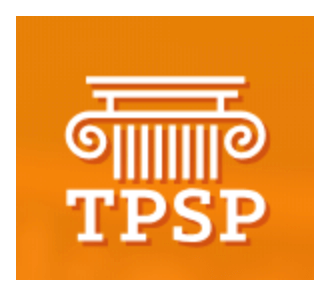
The Texas Performance Standards Project (TPSP) is a Texas Education Agency (TEA) created website providing teachers across Texas with free standards-based tasks to use with their students. Let’s explore how you can embed these resources into your existing lesson plans to maximize the benefit to your students.
Who and What
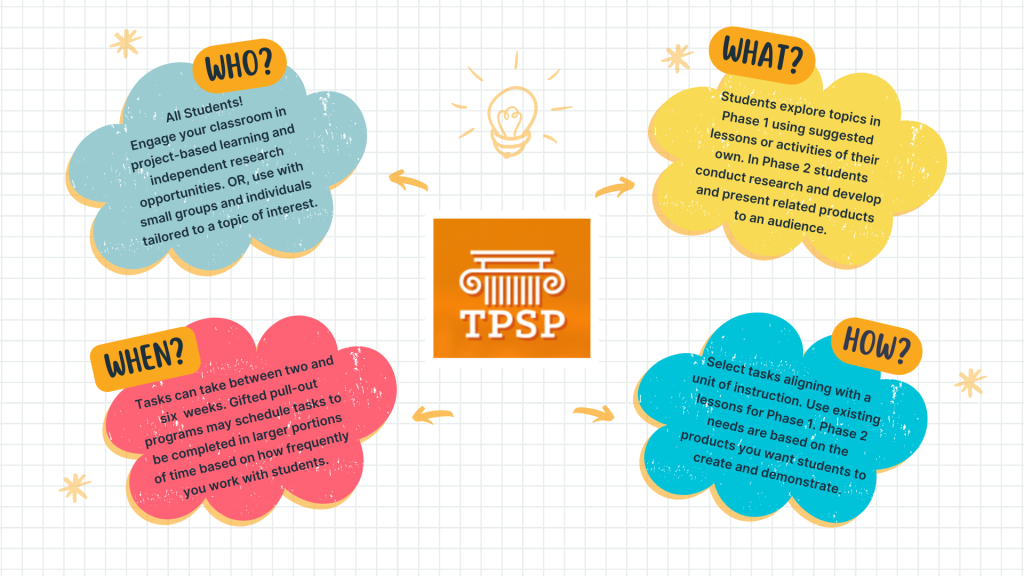
Getting Started
The TPSP resource offers a variety of standards-based tasks to build learning experiences for your students that teach them the standards they need to know. It also gives them the chance to do something memorable and fun!
Select a Topic
Selecting a topic is easy. Go to the TPSP website and explore the “Task Library.” There, you’ll find an average of 30 standards-based tasks per grade band to select from. I recommend you search tasks by filtering. Start by selecting your grade level, including grade levels above and below.
Don’t worry about searching for a specific keyword or topic. Start by viewing what’s available in the desired grade level.
The image below depicts a third-grade teacher’s search of the task library. This teacher selected “grade level” and then selected grades 2, 3, and 4 to further filter the search.
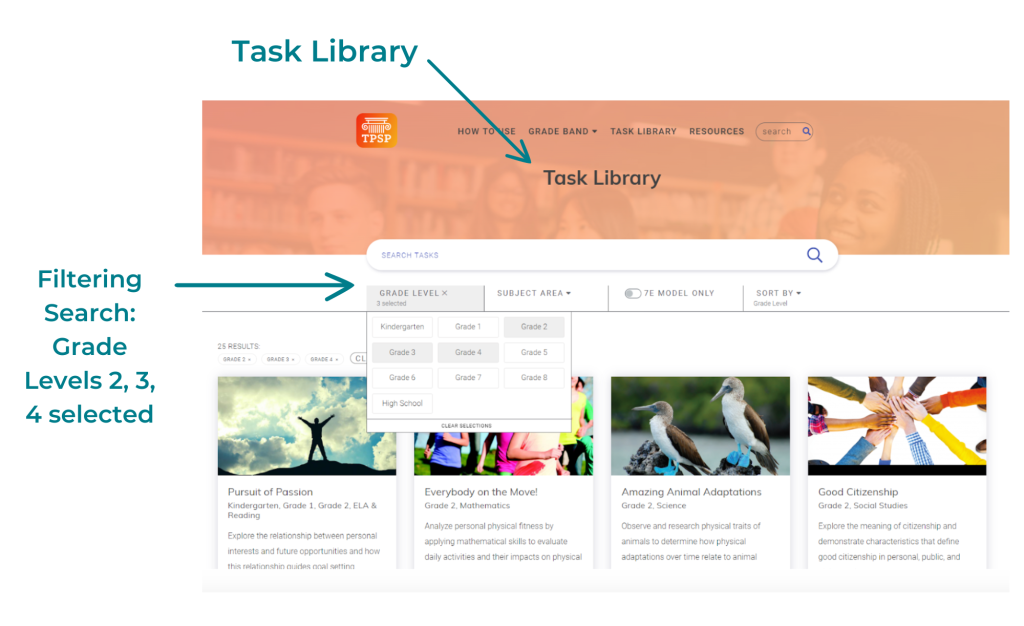
Do you see tasks listed that align with your student’s interests and the instructional standards? I’ve used various tasks from the TPSP website through the years. I selected each task based on my standards and current students’ interests.
- As a third-grade math and science teacher, I taught the task “Design a Garden” since it would align with my planned earth science units.
- As a second-grade GT pullout teacher, I selected the “Everybody on the Move” task to enrich student learning and intentionally keep students engaged and moving while we learned.
- As a mother of a second-grader interested in animals, I selected the “Amazing Animal Adaptations” task for an at-home summer project.
Task Summary Page
Now that you’ve selected a standards-based task, you can start the planning process to prepare. Be as thorough as you can when you plan. These tasks are meant to be organic experiences that change and develop based on you and your students.
The more you plan at the beginning, the more flexible you will be while engaging in the learning with your students.
Here is the Task Summary Page developed by ESC Region 13. Download your copy here.
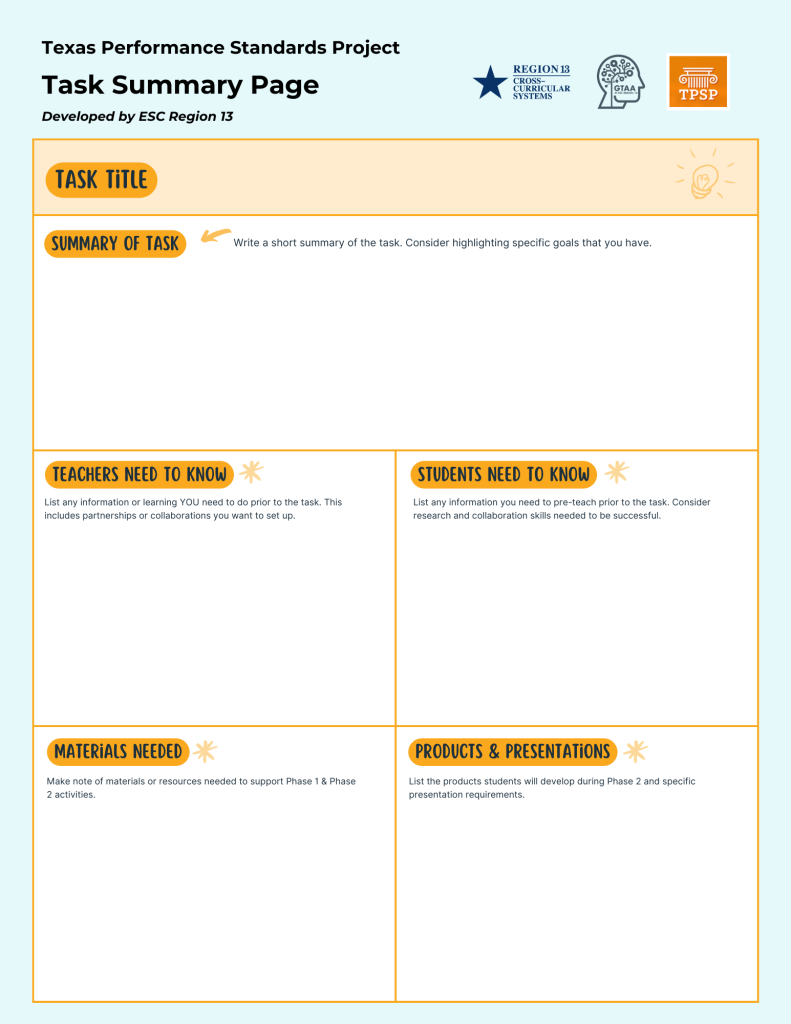
Standards-based Task Example
Now, let’s use the “Design a Garden” task as an example for our planning. After years of experience using the TPSP resource, I created a “Task Summary Page” for myself to help organize my thoughts around planning for the task. I encourage you to use this resource or to develop your own space to collect thoughts and notes related to planning for your standards-based task.
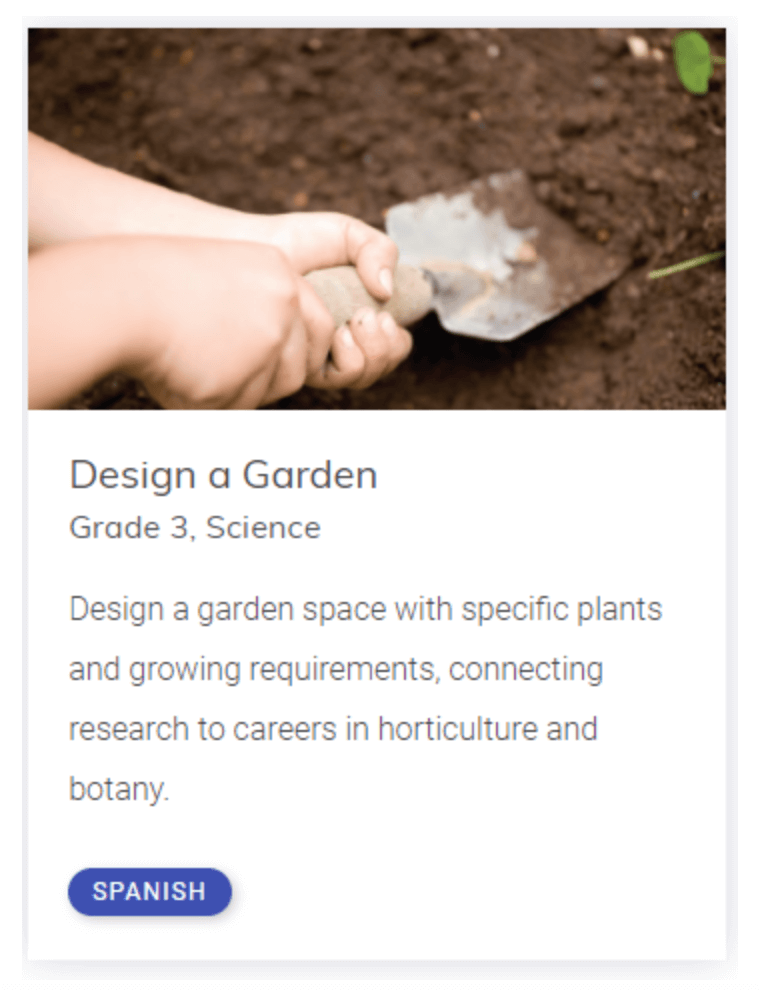
First, I reflect on the task’s purpose and how it aligns with my classroom. After reading the “Description of the Unit,” I understand this task focuses on students:
- Designing a garden composed of rectangles
- Exploring a variety of garden types
- Teaching the plant life cycle
- Researching various types of plants
I capture these highlights to summarize my task and list any associated TEKS for those goals.
Next, I consider what I need to learn before I can do this with students. Maybe I need to learn what plants and gardens work best for our environment. Or, I might want to think about partnerships I can lean on to improve our lessons, such as community garden clubs, local gardens, local plant stores, and teachers and students’ family members who have gardening skills that are superior to mine. I note these considerations as things I need to know before we start the task.
Then, I consider what my students need to know before I can begin the task. I may want to introduce research skills we will use before the task begins. I may also want to introduce the topic using preliminary lessons from our earth science unit.
Lastly, my planning centers on the products I want students to make as part of this task. If you look at the “Design a Garden” task, it lists the suggested product outcomes for students. This task includes:
- A life-size diagram of a garden
- Plant trading cards
- A written narrative
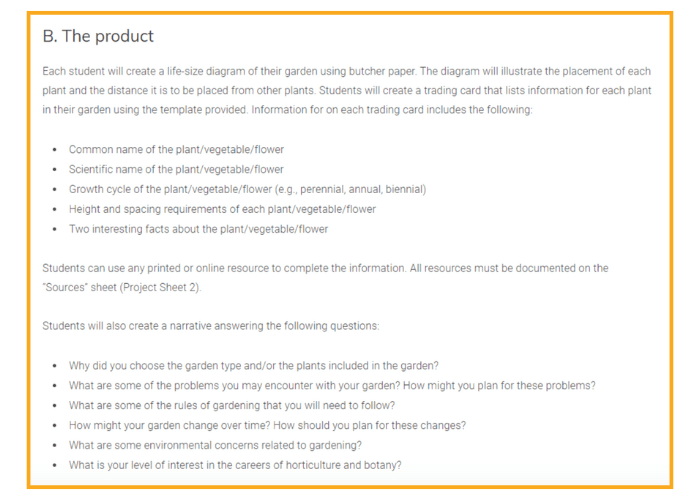
Benefits of Using the Task Lists
One of the benefits of using the listed tasks is that you can customize them to meet your and your student’s needs.
I can use the suggested products or create my own list of products for students to develop. In the past, when teaching this task, I built and planted a real garden with my students. Another time I taught the task, I kept the suggested diagram and extended it to accompany a presentation (recording, slides, or tri-fold, as selected by the student). You may have additional ideas (that fit the theme) to include in the task.
Whatever you decide, record notes with the task details, including products, materials, time needed to develop, and even the development order in your planning notes.
Next Steps
The Task Summary Page developed by ESC Region 13 helps you plan a foundation for the standards-based task and use it at any time of the year. There are still more details to consider before implementing, but those details are best planned just before you start.
For example, you will develop a calendar of task-related activities leading to student presentations and final deadlines. You will also preview and customize the suggested activities and lessons to fit your classroom.
When you begin working on the task with your students, be ready to take the learning where they want to go. Some students will flourish because they have a high interest or an advanced background in the topic. Let them enrich and extend their learning beyond what you have planned.
Other students may not understand the topic and lack interest in engaging. You will support those students by helping them focus on the most important goals. Find ways to engage them in the task that could lead to different products or adjusted research expectations.
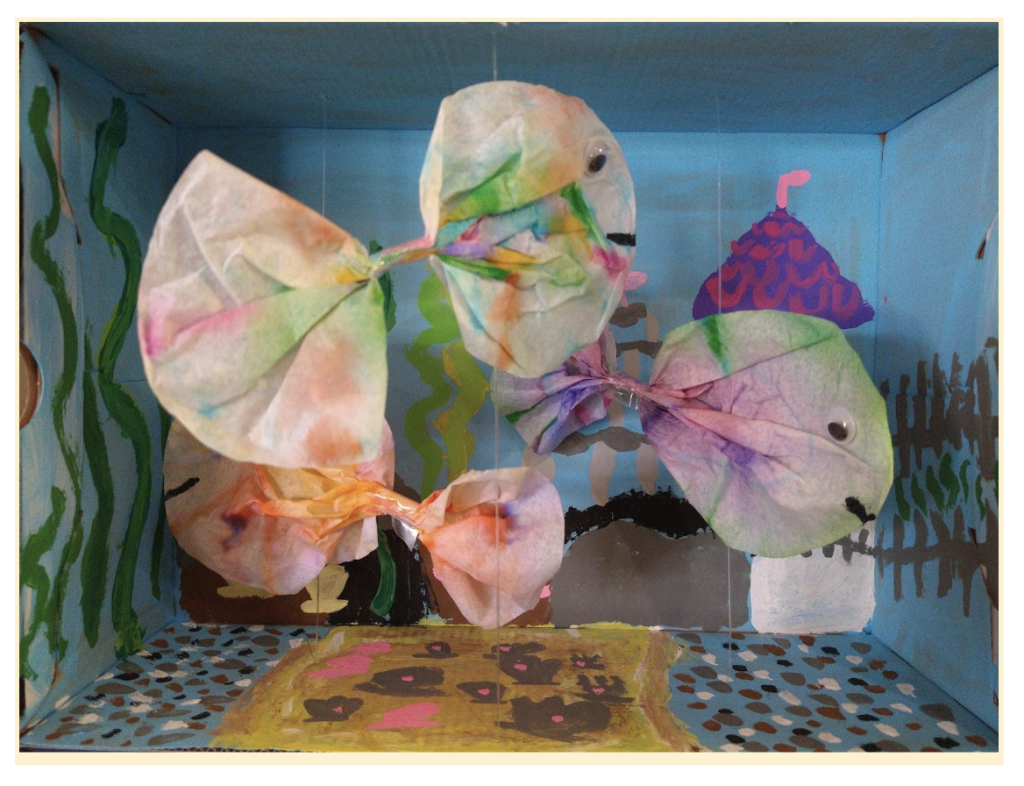
Professional Development for the TPSP
Did you know that the Education Service Centers across Texas work together to support this TEA resource? ESC Region 13 has developed online courses, work sessions, and training supporting teachers with planning and implementation.
These courses extend upon the suggestions in this blog post and provide additional implementation resources to support the planning process. You can find more information about our professional development courses here.
In addition, sign up for the monthly Cross-Curricular Team newsletter for the latest updates in gifted and talented, TEKS Resource System, STEM, and more. Can’t wait for the newsletter? Check out our other blogs here.
In Conclusion
I encourage you to find a way to bring the TPSP resource into your classroom. These standards-based activities ensure you are working on projects that are tightly aligned with your grade-level goals for learning.
The best part is that your students will be doing activities they can love and appreciate long after you teach them.
Amber Reinecke is the Cross-Curricular Systems Program Manager and Gifted and Talented (GT) Specialist at ESC Region 13. She has experience as an elementary classroom GT teacher, as well as six years of experience as a Gifted and Talented Pull-out Teacher and Instructional Coach. She has a passion for working with the gifted community in order to advocate for student needs.

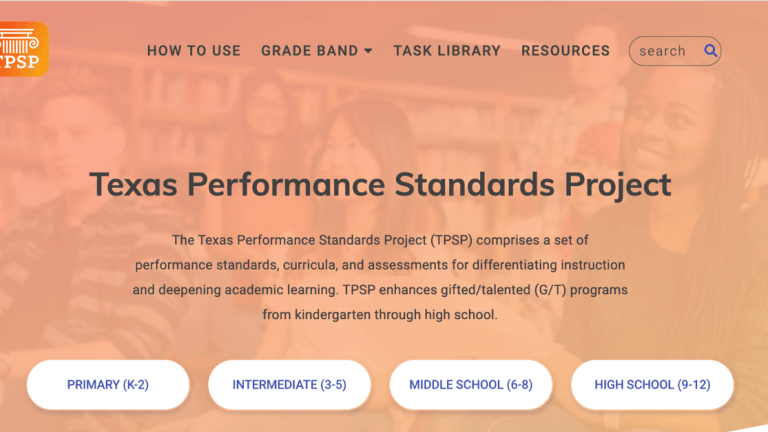


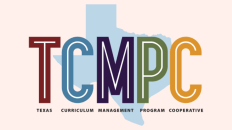

Add comment